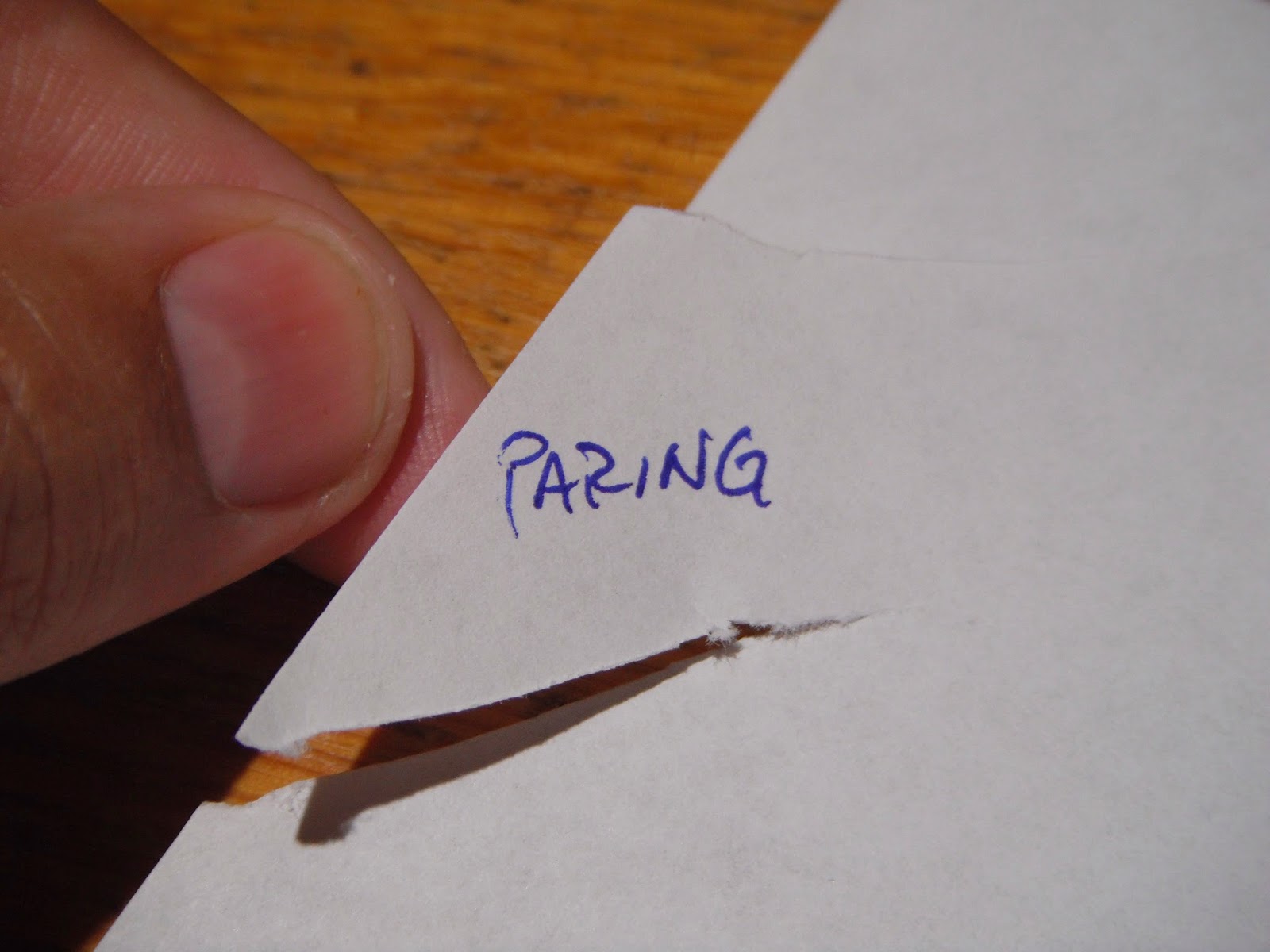As Brendan points out in the beginning of this lesson, this topic is deep enough for a whole series itself. What he demonstrates is simple, and uses commonly available equipment.
Within those limitations and to an audience who is not focused on high end knife performance, this is perfectly reasonable and complete enough for most home cooks.
I liked his grip trick for getting close to the edge angles for both "steeling" and the stone work.
Notice that his sharpening stone is pretty long. For sharpening kitchen blades, its best to use a stone that is at least as long as the knife blade. Because you will make strokes the whole length of the knife, you need that long stone to have that much space. You can kind of fudge it on a slightly smaller stone or work in sections on too small of stones. But you're just adding to the work and aggravation to do that.
It's useful to have a few tricks to test sharpness. He cheated on the tomato test. To demonstrate the dull knife, he did a pure push cut on an intact tomato. That's a really hard thing to do even with a scary sharp blade. There's a sort of holy grail test of knife sharpness that you can sharpen a blade to where it will push cut a tomato. Without a little sliding action to initiate the cut, tomato skin can resist a blade quite well. When he demonstrates his sharp blade, he slides it and it cuts easily.
The paper test is a pretty good one and he notes the simple things to look for. I usually use a piece of paper from the junk mail in my recycle bin. Newsprint is even better as it's flimsier and more revealing of edge flaws.
Any way, here's some paper cutting tests I did in 2012 for a particular line of small knives. Click to see larger versions and look at the edges of the paper. They vary in smoothness, feathering, folding and such.
Another hand test is as you're cutting potatoes. The cut surface of a potato should feel smooth and slippery. If it feels pebbley at all, it was cut with a dull blade.
There is a set of downloadable pdf materials to complete the class. It includes a conversion chart for Metric to US and vice versa, pictures of the 4 knife types and some recipes as mentioned in the classes.



No comments:
Post a Comment